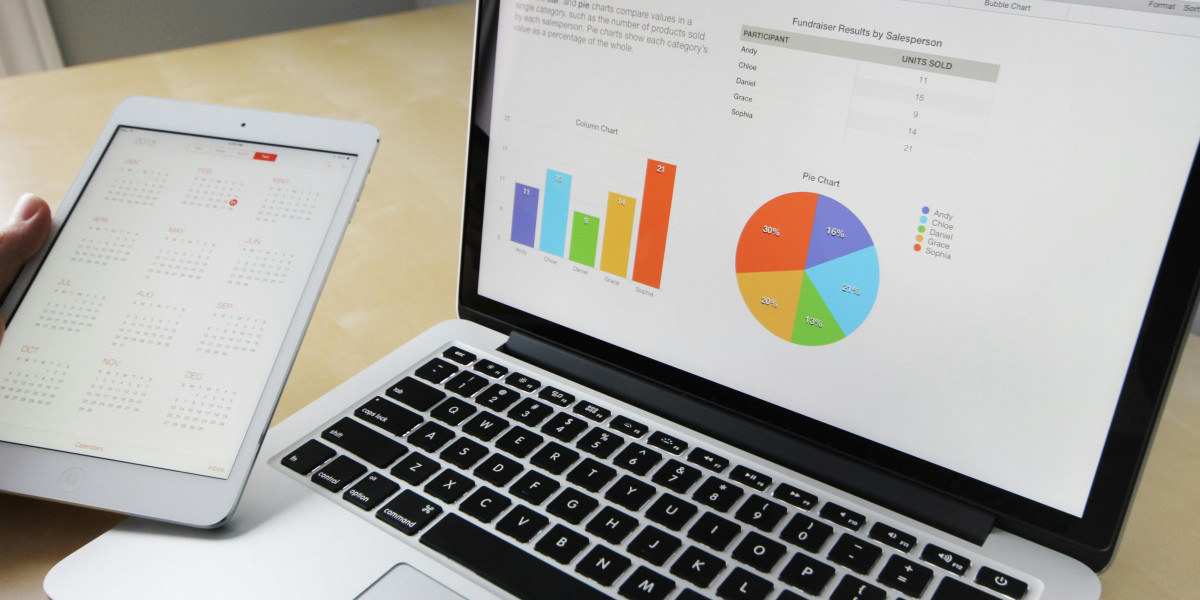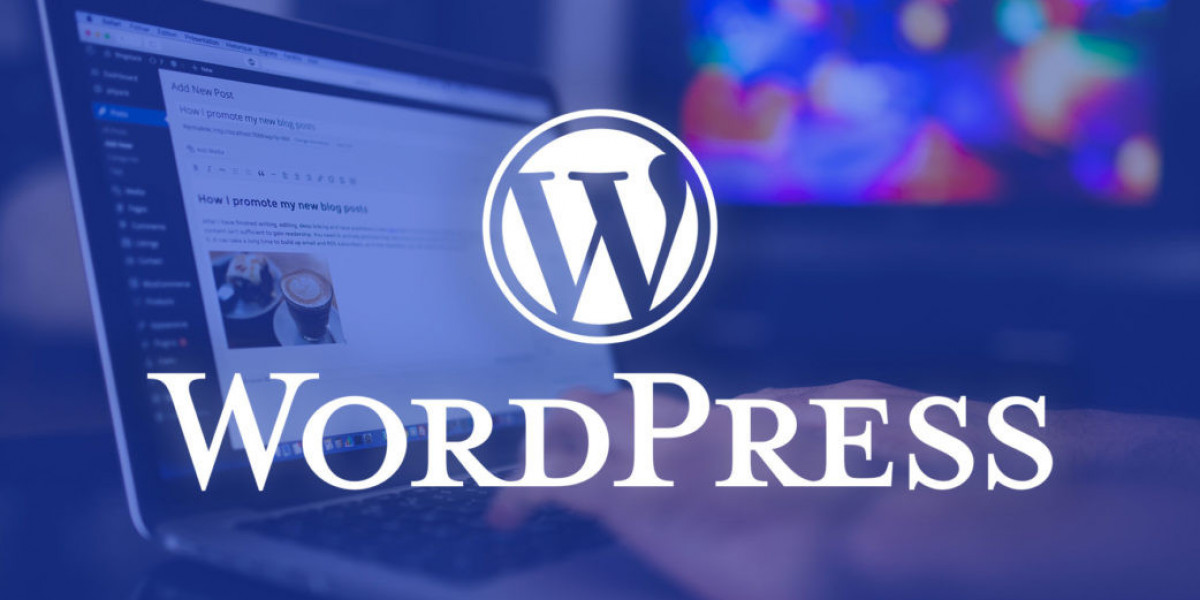Before embarking on the migration of your domain to WordPress, it is essential to carry out thorough preparation to ensure a smooth and successful process. This initial phase can make the difference between a seamless migration and an experience full of obstacles. Here I detail a series of detailed steps that will help you prepare adequately:
- Comprehensive Evaluation of the Current Site Infrastructure:
Begin your migration process by conducting a thorough assessment of your current website infrastructure. This involves understanding the server configuration, the content management system (CMS) being used, third-party integrations such as e-commerce systems or custom plugins, and any technical limitations that may affect the migration. Identifying these variables will allow you to anticipate potential challenges and plan appropriate solutions.
- Detailed Analysis of Content and Site Structure:
The next critical step is to delve into the content and structure of your current site. Examine the organization of pages, content categories, URL hierarchies, and link architecture. This will help you determine which elements are essential to retain during the migration and establish a clear plan for restructuring in WordPress, if necessary.
- Content Migration Strategies:
Based on the previous analysis, develop specific strategies to migrate your content efficiently and accurately. Depending on the complexity of your current site, you may choose to manually migrate the content or use automated migration tools. Additionally, consider how you will handle elements such as images, metadata, and internal links during the migration process.
- Planning the Architecture of the New WordPress Site:
Before initiating the migration, dedicate time to planning the architecture of your new WordPress site. This includes creating a clear and coherent navigation structure, defining categories and relevant tags for your content, and configuring permalinks optimized for SEO. Careful planning at this stage will help you avoid organizational and navigation issues on your migrated site.
- Evaluation of Resources and Technical Capabilities:
Consider your own technical skills and the resources available to carry out the migration. If you feel comfortable with technical tasks such as server configuration and database manipulation, you may choose to perform the migration yourself. However, if you encounter technical challenges or prefer to have specialized assistance, it is advisable to seek help from WordPress developers or agencies specialized in migrations.
- Establishment of Metrics and Success Objectives:
Define clear metrics and success objectives for your migration. Establish key performance indicators (KPIs) such as page load time, organic traffic, conversion rate, and keyword ranking, and monitor these data before, during, and after the migration process. This will allow you to evaluate the impact of the migration on your site's performance and make adjustments as necessary.
- Implementation of Backup and Contingency Strategies:
Do not underestimate the importance of having a solid backup plan to mitigate potential risks during the migration. Ensure that you have up-to-date backups of all important data and establish clear procedures for recovery in case of any mishaps. Additionally, consider implementing a maintenance page during the migration process to inform visitors about ongoing changes.
Content Transfer and SEO
Once the preparation phase is completed, it's time to tackle the content transfer and ensure that your SEO remains intact throughout the entire migration process to WordPress. This stage is critical, as any errors could have a negative impact on your site's visibility in search engines and user experience. Here, I'll guide you through the best practices to carry out this task successfully:
- Selection of Suitable Migration Tools:
Before initiating the content transfer, it's important to select the right tools for the job. There are several migration plugins available for WordPress, such as "All-in-One WP Migration," "Duplicator," or "WP Migrate DB," which streamline the process of transferring files and databases. Evaluate the features and functionalities of each plugin to determine which best suits your specific needs.
- Gradual Content Migration:
Instead of attempting to migrate all your site's content at once, consider dividing the process into smaller, more manageable stages. For example, you can start by migrating the main pages and then move on to blog posts, images, and other multimedia elements. This will allow you to maintain better control over the process and minimize the risk of errors.
- Preservation of URL Structure and 301 Redirects:
It's essential to preserve your site's URL structure during the migration to avoid traffic loss and deindexing by search engines. If changes to URLs are necessary, ensure to set up 301 redirects from the old URLs to the new ones in WordPress. This will ensure that users and search engines are correctly redirected to the corresponding pages.
- Optimization of Metadata and Tags:
During the migration process, take the opportunity to optimize the metadata of your pages and posts. Ensure that each page has a unique title, relevant description, and appropriate meta tags. Additionally, verify that header tags (H1, H2, etc.) are correctly structured to improve readability and SEO optimization.
- Verification of Internal and External Links:
Before and after the migration, conduct a thorough check of all internal and external links on your website. Ensure that all links are functioning correctly and that there are no broken links or incorrect redirects. This will help maintain the integrity of your site's link structure and improve the user experience.
- Implementation of Canonical Tags and Updated Sitemaps:
After completing the migration, make sure to set up canonical tags on your new WordPress site to avoid duplicate content issues. Additionally, generate a new XML sitemap and submit it to Google Search Console and other search engines to facilitate the indexing of your new content. Keeping your sitemaps updated is crucial to ensure that search engines can discover and index all your site's content efficiently.
- Monitoring and Continuous Analysis of SEO Performance:
Once the migration is complete, don't neglect the continuous monitoring and analysis of your site's SEO performance on WordPress. Use tools like Google Analytics, Google Search Console, and keyword tracking tools to assess the impact of the migration on organic traffic, keyword rankings, and other important KPIs. If significant changes are observed, investigate the underlying causes and make adjustments as necessary to optimize your SEO.
- Updating External Links and Notifying Third Parties:
Don't forget to update any external links pointing to your website once the migration is complete. This includes links from other websites, social media profiles, and listings in online directories. Additionally, consider notifying relevant website owners about the migration so they can update their links to your new WordPress domain.
Post-Migration Monitoring and Optimization
Once your domain migration to WordPress is complete, it's crucial to continuously monitor your site's performance and make additional adjustments as needed to optimize your SEO and maintain traffic. In this section, we'll explore best practices for monitoring and improving your site after migration:
- Traffic Analysis and Search Engine Rankings:
After migration, closely monitor your site's traffic and keyword rankings on search engines. Use tools like Google Analytics and Google Search Console to track your site's organic performance and identify any significant changes in traffic or keyword rankings. If you notice sudden drops in traffic or abrupt changes in keyword positions, investigate potential causes and take corrective actions.
- Functionality Testing and User Experience:
Conduct thorough testing on your site post-migration to ensure all features are operational and the user experience is optimal. Verify the functionality of contact forms, call-to-action buttons, navigation links, and any other interactive features. Additionally, perform page load speed tests on different devices and internet connections to ensure fast loading times and a smooth experience for all users.
- Speed and Performance Optimization:
Page load speed is a crucial factor in SEO and user experience. After migration, optimize your site's loading speed using techniques such as image compression, reducing the number of HTTP requests, CSS and JavaScript file minification, and utilizing a content delivery network (CDN). Use tools like Google's PageSpeed Insights and GTmetrix to identify areas for improvement and take steps to optimize your site's performance.
- Regular Content Updates and Site Maintenance:
After migration, it's important to keep your WordPress site updated and relevant by regularly publishing new content and performing periodic maintenance tasks. Update your existing posts and pages with fresh, relevant information, and add new content regularly to keep your users engaged and attract new visitors. Additionally, perform regular backups of your site and update your WordPress plugins, themes, and core to ensure security and optimal performance.
- User Experience Evaluation and User Feedback:
Request feedback from your users post-migration to assess the user experience and identify areas for improvement. You can conduct online surveys, send follow-up emails, or simply ask for feedback directly on your website. Use this feedback to make additional adjustments and improvements to your site, and ensure you're effectively meeting the needs and expectations of your users.
- Continuous SEO Monitoring and Adaptation to Algorithm Changes:
Stay informed about changes in search engine algorithms and adjust your SEO strategy accordingly. Search engines like Google regularly update their algorithms, which can impact your site's performance in search results. Stay updated on the latest SEO trends and best practices, and adjust your content and optimization strategy accordingly to maintain and improve your online visibility.
- Planning Marketing and Promotion Strategies:
After migration, consider developing marketing and promotion strategies to increase your site's visibility and attract additional traffic. This could include running content marketing campaigns, engaging on social media, optimizing online profiles, and collaborating with influencers or related websites. Identify the most relevant promotion opportunities for your niche and audience, and develop a plan of action to achieve your long-term marketing goals.
Domain migration to WordPress is a complex process that requires careful planning, precise execution, and continuous monitoring. By following the best practices outlined in this article and maintaining a proactive approach to optimizing and improving your site, you can ensure a successful transition and maintain and improve your online visibility in the long term. Remember that SEO is an ongoing process and requires constant attention to maintain and improve your position in search results.








